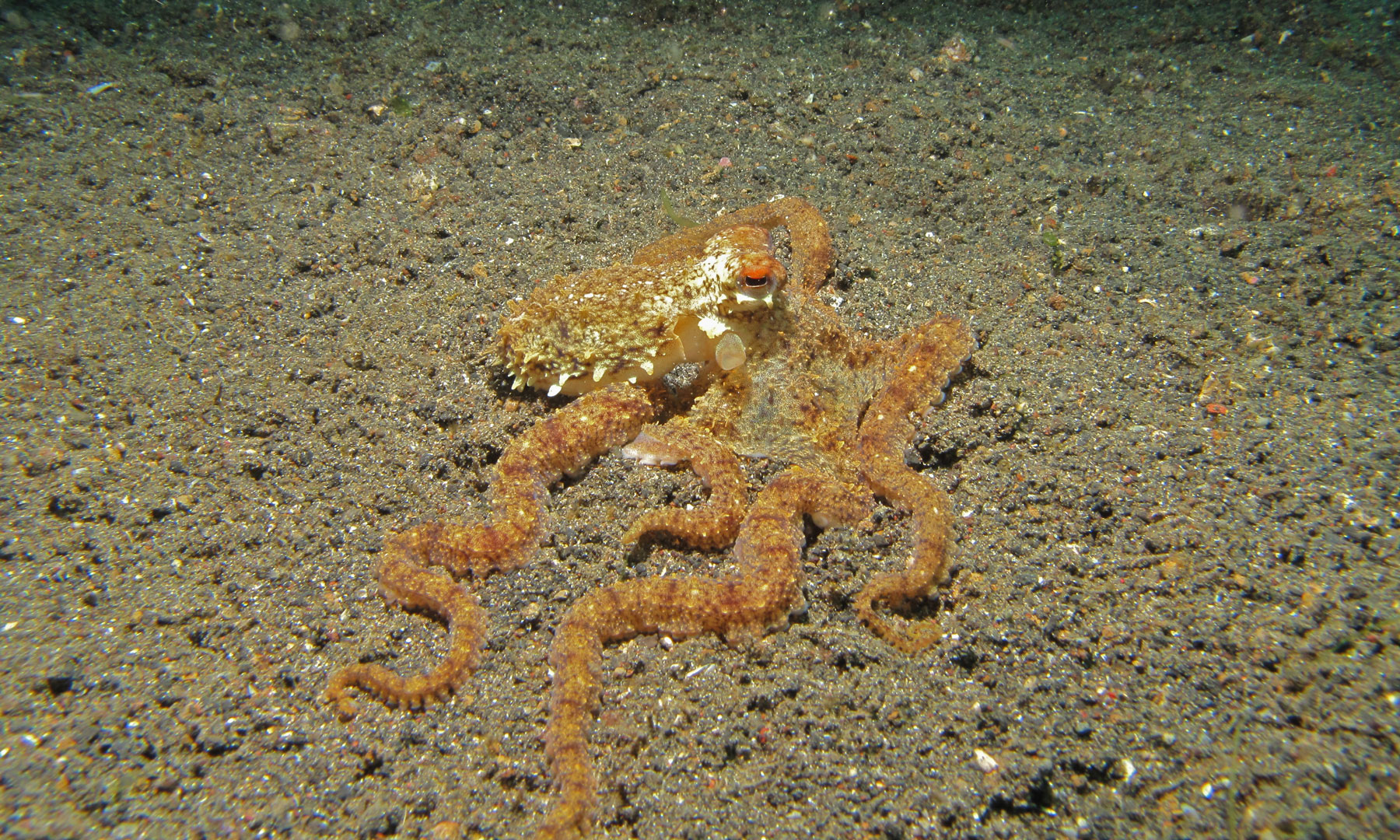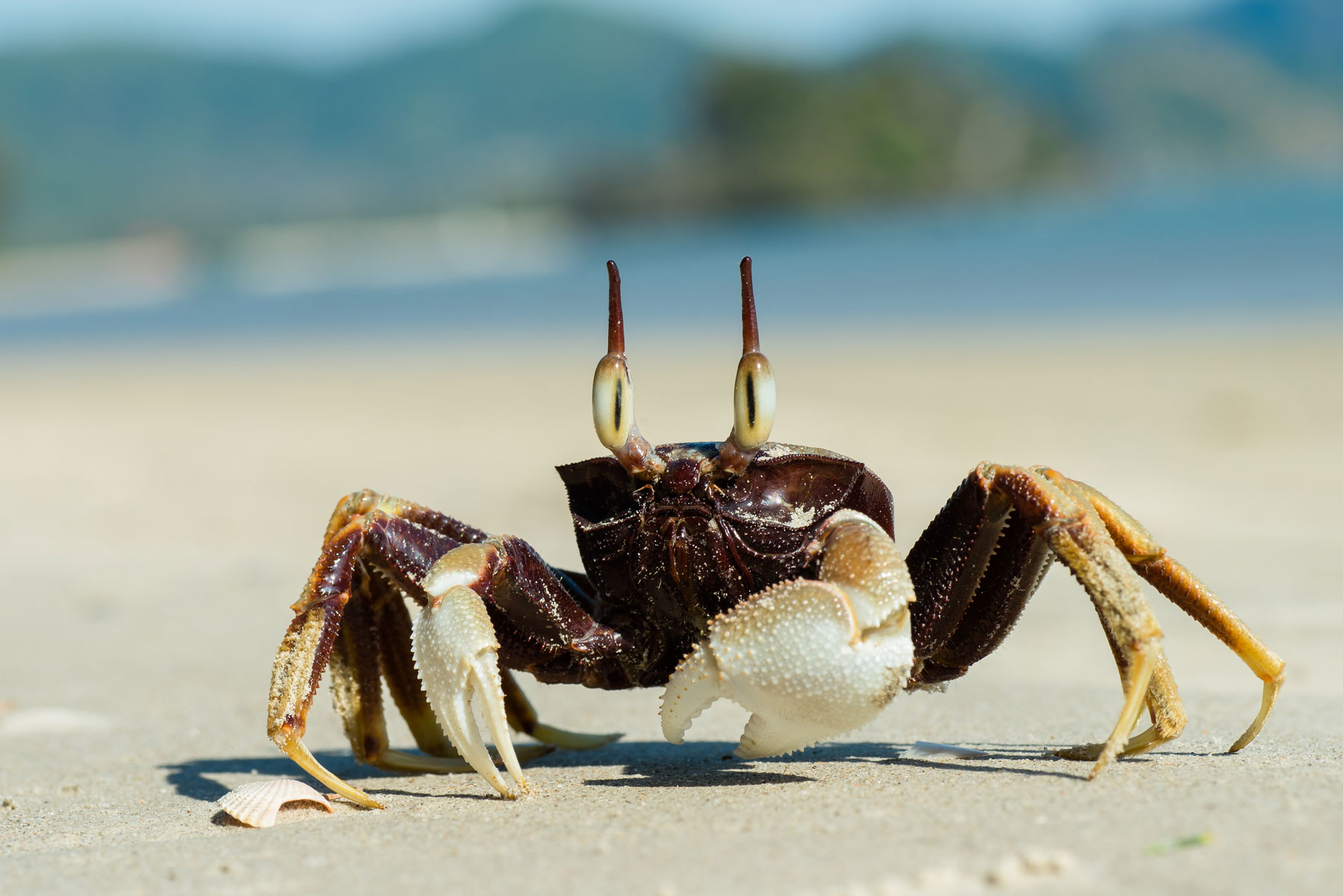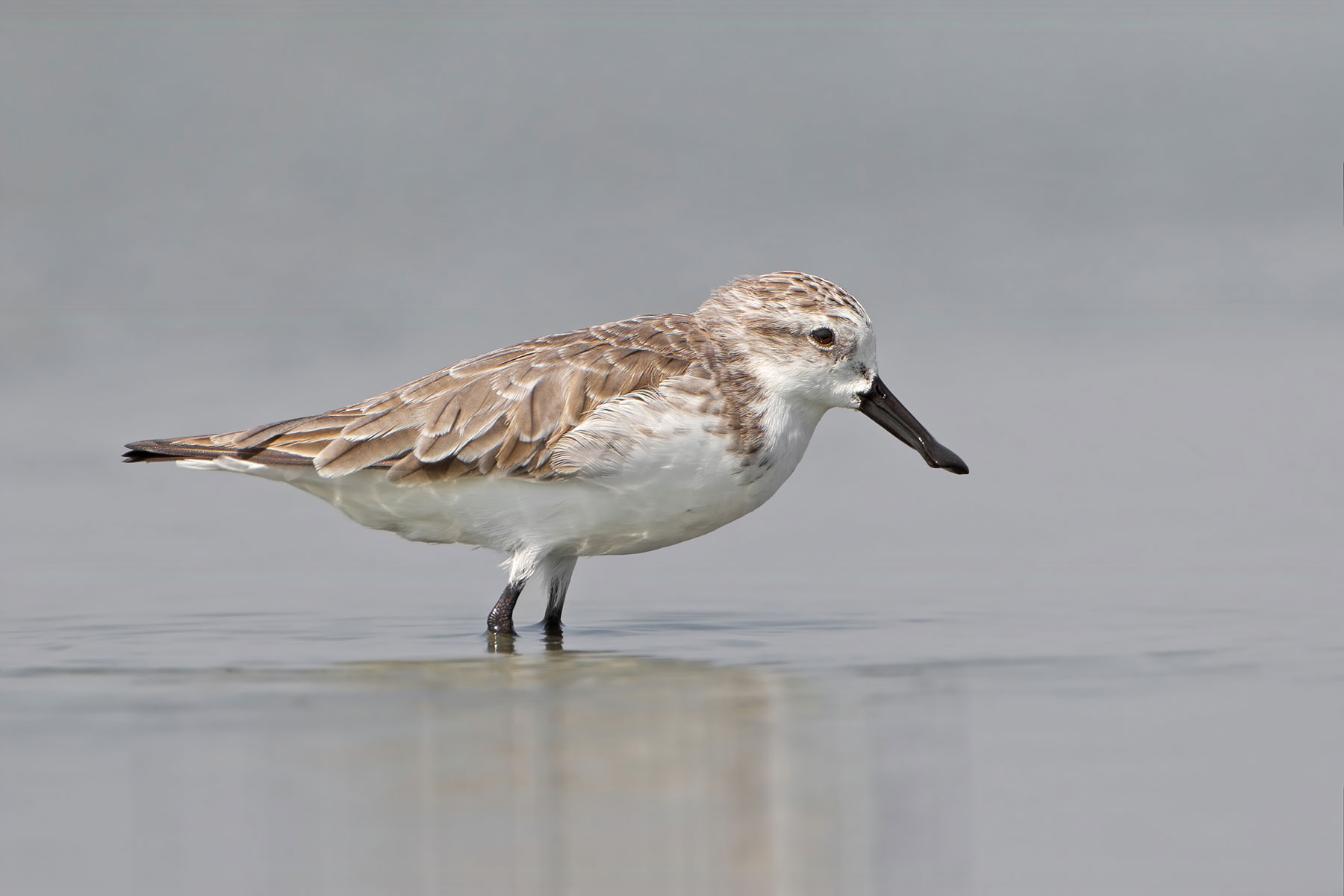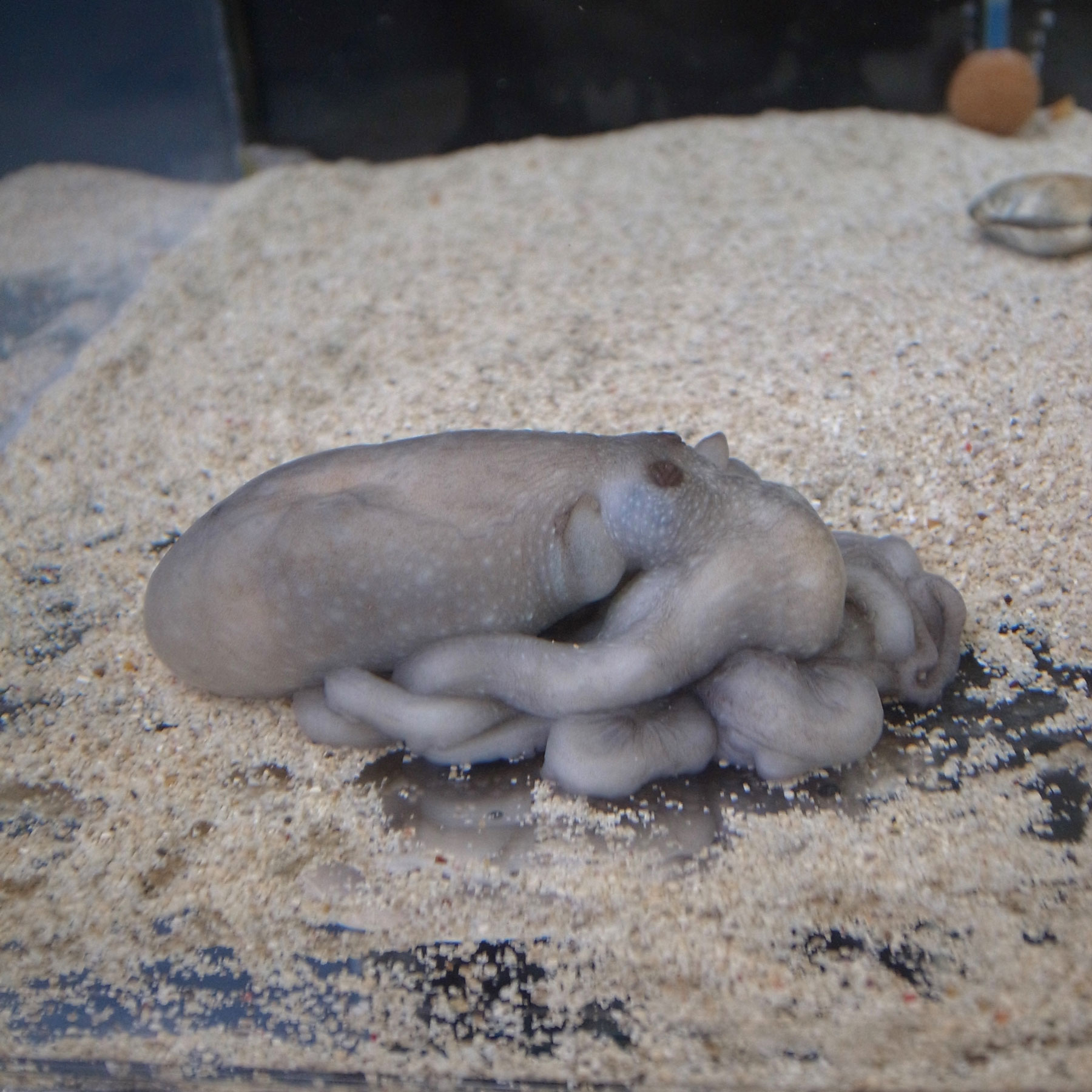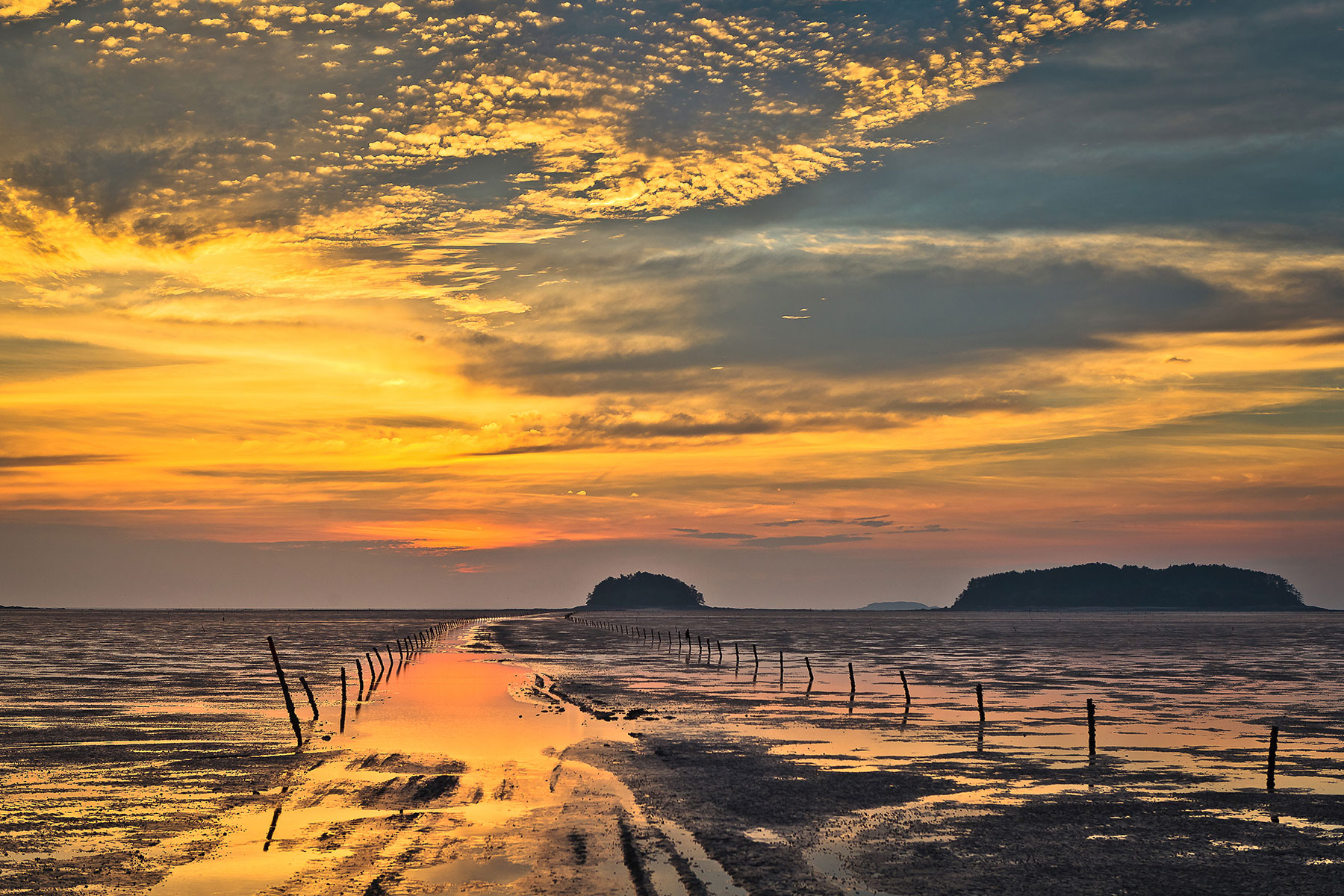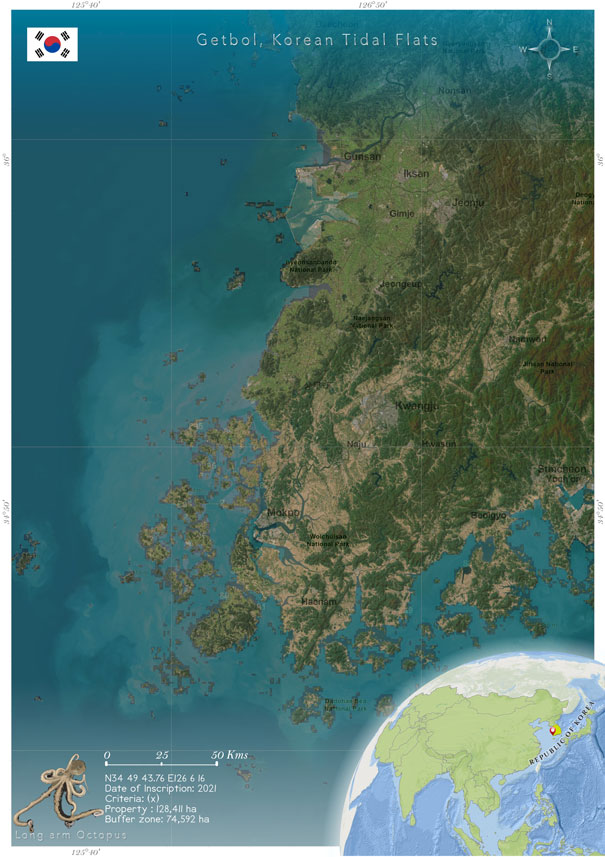
Getbol, Korean Tidal Flats (1591)
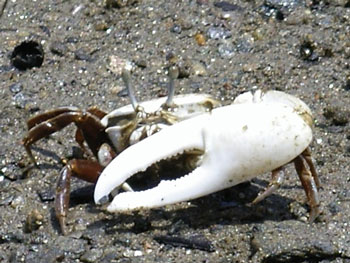 Situated along the southwestern and southern coast of the Republic of Korea within the eastern Yellow Sea, this site encompasses four distinct components: Seocheon Getbol, Gochang Getbol, Shinan Getbol, and Boseong-Suncheon Getbol. The site showcases a complex interplay of geological, oceanographic, and climatic factors, developing diverse coastal sedimentary systems. Each component represents one of four tidal flat subtypes: estuarine, open embayed, archipelago, and semi-enclosed. The site boasts an impressive array of biodiversity, with documented records of approximately 2,150 flora and fauna species. Among these are 22 species that are globally threatened or near-threatened. It is a habitat for 47 endemic marine invertebrate species and five endangered species. Additionally, the site is a critical haven for 118 migratory bird species, playing a vital role in their life cycle. Prominent among the unique fauna are Mud Octopuses (Octopus minor), Japanese Mud Crabs (Macrophthalmus japonica), Fiddler Crabs (Uca lactea), and Polychaetes (bristle worms). These species contribute to the site's exceptional biodiversity. Moreover, the site emphasizes the intricate connection between geodiversity and biodiversity, underscoring the integral link between cultural diversity, human activities, and the natural environment.
Situated along the southwestern and southern coast of the Republic of Korea within the eastern Yellow Sea, this site encompasses four distinct components: Seocheon Getbol, Gochang Getbol, Shinan Getbol, and Boseong-Suncheon Getbol. The site showcases a complex interplay of geological, oceanographic, and climatic factors, developing diverse coastal sedimentary systems. Each component represents one of four tidal flat subtypes: estuarine, open embayed, archipelago, and semi-enclosed. The site boasts an impressive array of biodiversity, with documented records of approximately 2,150 flora and fauna species. Among these are 22 species that are globally threatened or near-threatened. It is a habitat for 47 endemic marine invertebrate species and five endangered species. Additionally, the site is a critical haven for 118 migratory bird species, playing a vital role in their life cycle. Prominent among the unique fauna are Mud Octopuses (Octopus minor), Japanese Mud Crabs (Macrophthalmus japonica), Fiddler Crabs (Uca lactea), and Polychaetes (bristle worms). These species contribute to the site's exceptional biodiversity. Moreover, the site emphasizes the intricate connection between geodiversity and biodiversity, underscoring the integral link between cultural diversity, human activities, and the natural environment.
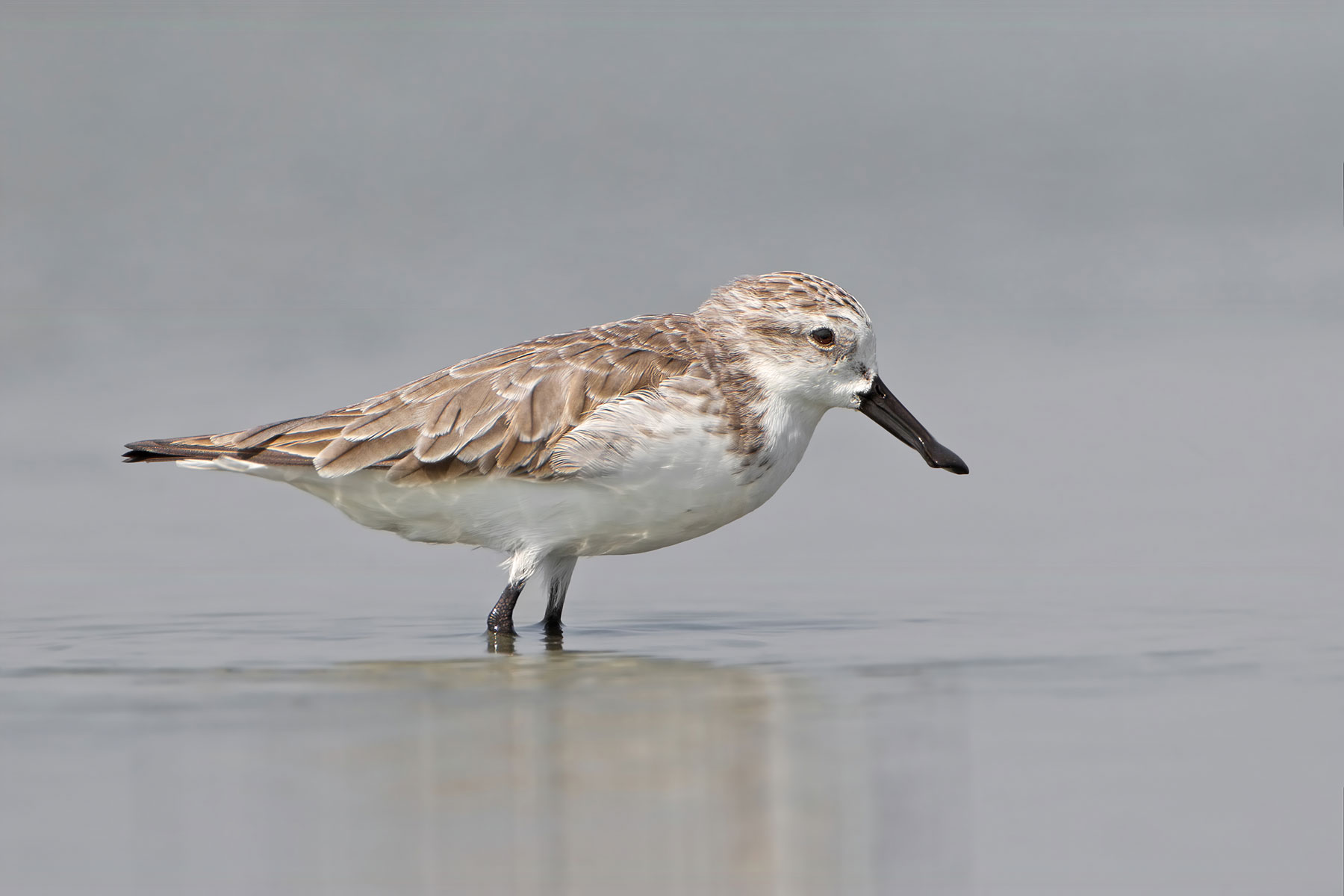 Located along the southeastern coast of the Yellow Sea, the property spans the south and west coasts of the Republic of Korea. This serial site uniquely blends geological, oceanographic, and climatic conditions. It comprises Seocheon Getbol, Gochang Getbol, Shinan Getbol, and Boseong-Suncheon Getbol, forming an intricate coastal sedimentary system hosting diverse tidal ecosystems. Each component showcases its own distinct geological and biological characteristics. The property's Outstanding Universal Value (OUV) is a testament to the diversity of the archipelagic tidal flat ecosystem and its geological features. With thousands of islands scattered across an expanse of over a thousand square kilometers, the area resembles an expansive fishing net spread across the sea-rapid macro-tidal currents course through channels between these islands, resulting in a spectacular natural coastal phenomenon. The site is also subject to seasonal variations driven by the East Asian monsoon, further enriching its biological diversity. Within the island-studded macro-tidal tidal flats, the property's geodiversity is pronounced, contributing to a stable equilibrium enabling the evolution and preservation of intricate geological formations. This has led to the deposition of the world's thickest intertidal mud flat sediments during the Holocene period.
The site's remarkable biodiversity, habitat diversity, and robust primary production underscores its ecological sustainability. Notably, distinct communities have flourished, with species like mud octopuses and waterbirds playing pivotal roles in shaping their habitats. The property's habitat connectivity is particularly noteworthy, exemplified by waterbirds utilizing rocky and sandy environments. The site supports endangered waterbird species, including the spoon-billed sandpiper, along the East Asian-Australasian Flyway (EAAF). The array of habitats offers essential resources for these waterbirds, solidifying the property's intrinsic value. If granted World Heritage status, the property's managers plan to expand protection initiatives to other exceptional tidal flat areas within the Republic of Korea, further contributing to preserving the Yellow Sea Ecoregion.
Located along the southeastern coast of the Yellow Sea, the property spans the south and west coasts of the Republic of Korea. This serial site uniquely blends geological, oceanographic, and climatic conditions. It comprises Seocheon Getbol, Gochang Getbol, Shinan Getbol, and Boseong-Suncheon Getbol, forming an intricate coastal sedimentary system hosting diverse tidal ecosystems. Each component showcases its own distinct geological and biological characteristics. The property's Outstanding Universal Value (OUV) is a testament to the diversity of the archipelagic tidal flat ecosystem and its geological features. With thousands of islands scattered across an expanse of over a thousand square kilometers, the area resembles an expansive fishing net spread across the sea-rapid macro-tidal currents course through channels between these islands, resulting in a spectacular natural coastal phenomenon. The site is also subject to seasonal variations driven by the East Asian monsoon, further enriching its biological diversity. Within the island-studded macro-tidal tidal flats, the property's geodiversity is pronounced, contributing to a stable equilibrium enabling the evolution and preservation of intricate geological formations. This has led to the deposition of the world's thickest intertidal mud flat sediments during the Holocene period.
The site's remarkable biodiversity, habitat diversity, and robust primary production underscores its ecological sustainability. Notably, distinct communities have flourished, with species like mud octopuses and waterbirds playing pivotal roles in shaping their habitats. The property's habitat connectivity is particularly noteworthy, exemplified by waterbirds utilizing rocky and sandy environments. The site supports endangered waterbird species, including the spoon-billed sandpiper, along the East Asian-Australasian Flyway (EAAF). The array of habitats offers essential resources for these waterbirds, solidifying the property's intrinsic value. If granted World Heritage status, the property's managers plan to expand protection initiatives to other exceptional tidal flat areas within the Republic of Korea, further contributing to preserving the Yellow Sea Ecoregion.
Criterion (viii)
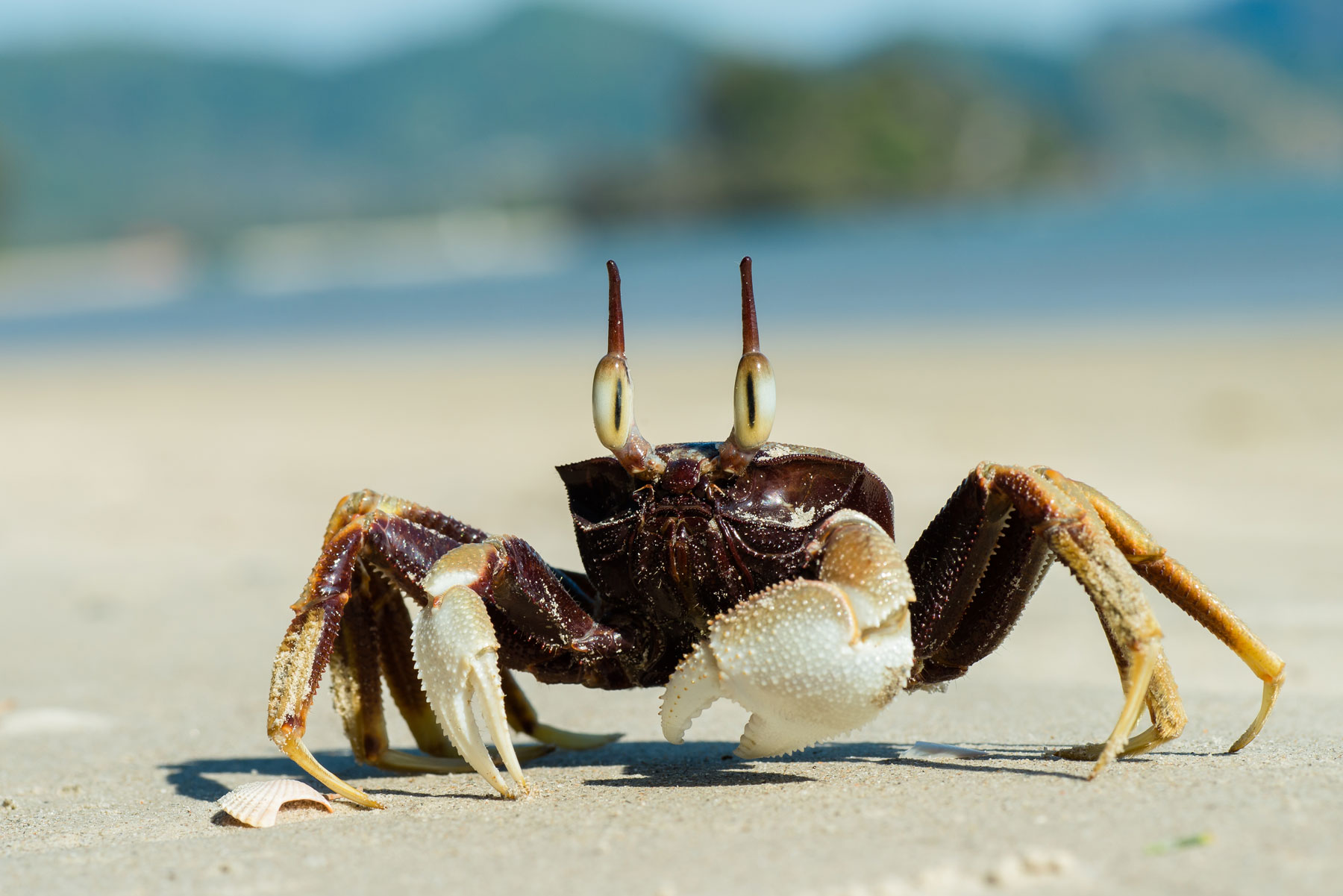 No other property on the World Heritage List has attributes similar to those found in the nominated property. The area concerned would be the only example of an island-studded tidal flat with a macrotidal range, set in a monsoonal environment. The area has formed within an integrated tectonic, oceanographic, and climatic system. It shows the most complicated, thus the most outstanding on-going geological coastal processes to date. The nominated property includes various types of tidal flats, namely estuarine type, openembayed type, archipelago type and semi-enclosed type. It also has high geodiversity with its numerous rocky islands, macrotidal range and seasonal changes. The property has maintained a stable geodiversity for the past 8,500 years and as a result now has the world’s thickest Holocene mud sediments. Therefore, the high geodiversity of the tidal flats produced by dynamic ongoing coastal processes is extremely significant and of outstanding value. Republic of Korea mud flat sediments during the Holocene period. The site's remarkable biodiversity, habitat diversity, and robust primary production underscores its ecological sustainability. Notably, distinct communities have flourished, with species like mud octopuses and waterbirds playing pivotal roles in shaping their habitats. The property's habitat connectivity is particularly noteworthy, exemplified by waterbirds utilizing rocky and sandy environments. The site supports endangered waterbird species, including the spoon-billed sandpiper, along the East Asian-Australasian Flyway (EAAF). The array of habitats offers essential resources for these waterbirds, solidifying the property's intrinsic value. If granted World Heritage status, the property's managers plan to expand protection initiatives to other exceptional tidal flat areas within the Republic of Korea, further contributing to preserving the Yellow Sea Ecoregion.
No other property on the World Heritage List has attributes similar to those found in the nominated property. The area concerned would be the only example of an island-studded tidal flat with a macrotidal range, set in a monsoonal environment. The area has formed within an integrated tectonic, oceanographic, and climatic system. It shows the most complicated, thus the most outstanding on-going geological coastal processes to date. The nominated property includes various types of tidal flats, namely estuarine type, openembayed type, archipelago type and semi-enclosed type. It also has high geodiversity with its numerous rocky islands, macrotidal range and seasonal changes. The property has maintained a stable geodiversity for the past 8,500 years and as a result now has the world’s thickest Holocene mud sediments. Therefore, the high geodiversity of the tidal flats produced by dynamic ongoing coastal processes is extremely significant and of outstanding value. Republic of Korea mud flat sediments during the Holocene period. The site's remarkable biodiversity, habitat diversity, and robust primary production underscores its ecological sustainability. Notably, distinct communities have flourished, with species like mud octopuses and waterbirds playing pivotal roles in shaping their habitats. The property's habitat connectivity is particularly noteworthy, exemplified by waterbirds utilizing rocky and sandy environments. The site supports endangered waterbird species, including the spoon-billed sandpiper, along the East Asian-Australasian Flyway (EAAF). The array of habitats offers essential resources for these waterbirds, solidifying the property's intrinsic value. If granted World Heritage status, the property's managers plan to expand protection initiatives to other exceptional tidal flat areas within the Republic of Korea, further contributing to preserving the Yellow Sea Ecoregion.
Criterion (ix)
The nominated property is a representative multi-faceted ecosystem where muddy, sandy and rocky habitats are interconnected in a complex manner. In the various habitats on different substrates biotic communities are found that have gone through exceptional evolutionary processes, and now constitutes a dynamic ecosystem. In the muddy flats, mud octopuses dominate as a top predator and a keystone species, and deposit feeders like Japanese mud crabs, fiddler crabs and polychaetes are dominant species. In the sandy flats, waterbirds are a keystone species, with deposit feeders including Stimpson’s ghost crabs, Yellow Sea sand snails, and polychaetes as well as various suspension feeders like clams are dominant species.
Criterion (ix)
The nominated property is a representative multifaceted ecosystem where muddy, sandy and rocky habitats are interconnected in a complex manner. In the various habitats on different substrates biotic communities are found that have gone through exceptional evolutionary processes, and now constitutes a dynamic ecosystem. In the muddy flats, mud octopuses dominate as a top predator and a keystone species, and deposit feeders like Japanese mud crabs, fiddler crabs and polychaetes are dominant species. In the sandy flats, waterbirds are a keystone species, with deposit feeders including Stimpson’s ghost crabs, Yellow Sea sand snails, and polychaetes as well as various suspension feeders like clams are dominant species.
Status
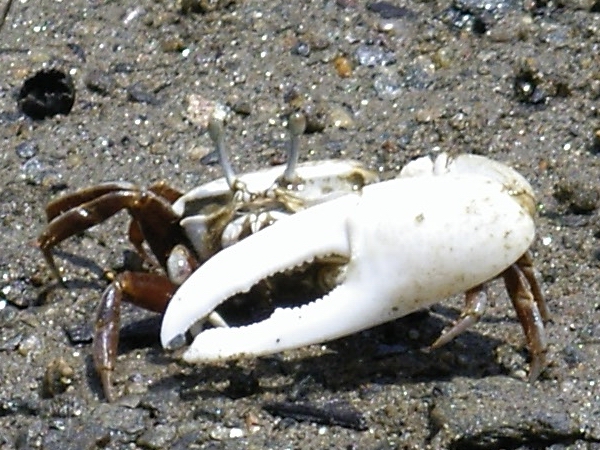 When establishing the property's boundaries, paramount consideration was given to its Outstanding Universal Value (OUV). This encompasses distinct attributes, including the rich geodiversity stemming from the sedimentation system, the diverse habitats supporting endangered and endemic species, and the unique tidal flat ecosystem. Consequently, the property zone encompasses: a) an array of habitats spanning sand flats, mud flats, mixed flats, and rocky environs that foster the evolution of distinctive ecological communities; b) habitats sustaining the elevated biodiversity of endangered migratory birds and endemic species; and c) geological and geomorphological elements such as tidal channels and gullies that wield influence over sedimentation patterns. Moreover, the property's serial components form an integrated sedimentary circulation system, with uninterrupted flow from sediment source to sink. Each component reveals four distinct sedimentary systems across various Getbol types, each characterized by specific tidal circulation, sedimentation behaviours, and substantial mud flat sequences. Furthermore, the property's integrity is reinforced by conservation strategies, where natural processes, notably robust monsoons, and typhoons, work to restore geological and ecological elements influenced by human activities.
The nominated property boasts a Wetland Protected Area (WPA) designation as per the Wetlands Current status & management intervention Conservation Act (1999), ensuring a consistent and cohesive protective and management framework. Specific property sections are also recognized as internationally protected areas, including Ramsar Sites under the Ramsar Convention and Biosphere Reserves under UNESCO's MAB program. These designations are integral to the East Asian-Australasian Flyway (EAAF) habitats network, significantly enhancing global biodiversity. Local municipalities have introduced ordinances to fortify property protection and management, and local communities uphold traditional tidal flats management systems, further amplifying sustainable conservation efforts. The property employs a multifaceted approach, featuring an integrated protection and management structure.
When establishing the property's boundaries, paramount consideration was given to its Outstanding Universal Value (OUV). This encompasses distinct attributes, including the rich geodiversity stemming from the sedimentation system, the diverse habitats supporting endangered and endemic species, and the unique tidal flat ecosystem. Consequently, the property zone encompasses: a) an array of habitats spanning sand flats, mud flats, mixed flats, and rocky environs that foster the evolution of distinctive ecological communities; b) habitats sustaining the elevated biodiversity of endangered migratory birds and endemic species; and c) geological and geomorphological elements such as tidal channels and gullies that wield influence over sedimentation patterns. Moreover, the property's serial components form an integrated sedimentary circulation system, with uninterrupted flow from sediment source to sink. Each component reveals four distinct sedimentary systems across various Getbol types, each characterized by specific tidal circulation, sedimentation behaviours, and substantial mud flat sequences. Furthermore, the property's integrity is reinforced by conservation strategies, where natural processes, notably robust monsoons, and typhoons, work to restore geological and ecological elements influenced by human activities.
The nominated property boasts a Wetland Protected Area (WPA) designation as per the Wetlands Current status & management intervention Conservation Act (1999), ensuring a consistent and cohesive protective and management framework. Specific property sections are also recognized as internationally protected areas, including Ramsar Sites under the Ramsar Convention and Biosphere Reserves under UNESCO's MAB program. These designations are integral to the East Asian-Australasian Flyway (EAAF) habitats network, significantly enhancing global biodiversity. Local municipalities have introduced ordinances to fortify property protection and management, and local communities uphold traditional tidal flats management systems, further amplifying sustainable conservation efforts. The property employs a multifaceted approach, featuring an integrated protection and management structure.
